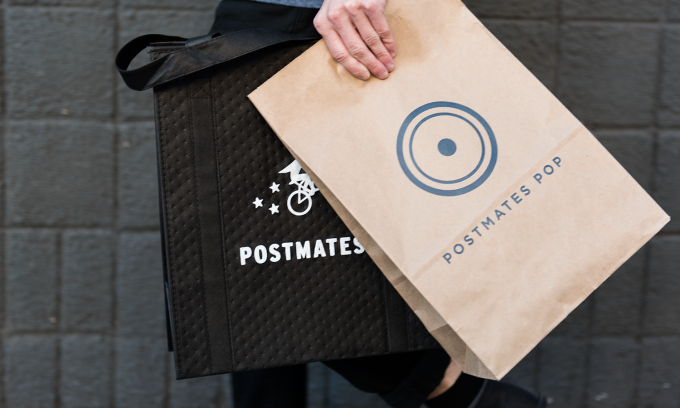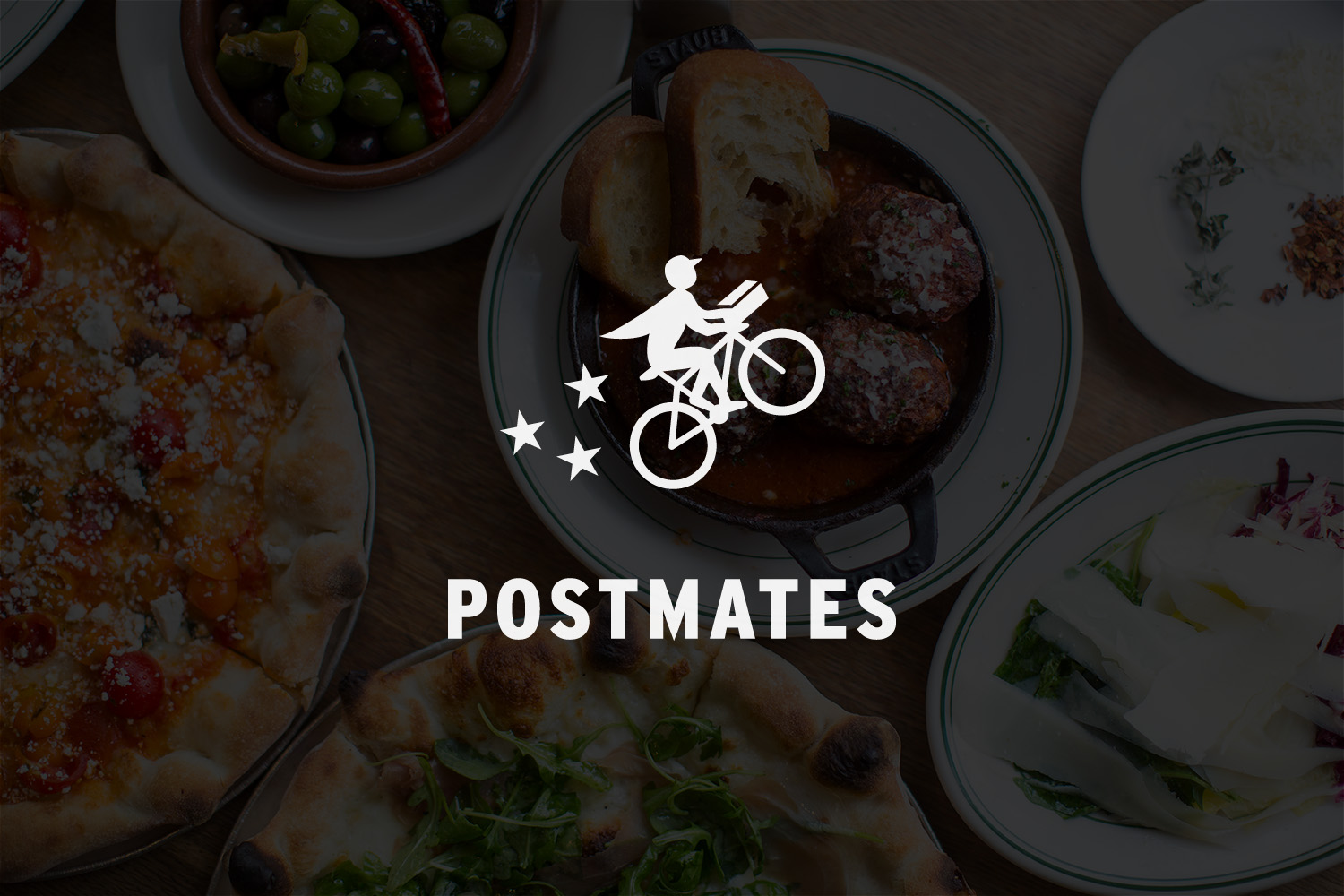A WORLD OF INSTANT ACCESS
Millennials have quite a few defining traits. The ability to access and extend our reach to as many things as possible, on an instant, on-demand basis is one of the most enticing of those. As we discover that the practical application of the phrase ‘the world at your fingertips’ gets ever more realistic every day, software and Mobile app developers are already a few years ahead of us. We are bound to be showered with seemingly exceptional services packaged to us in the form of apps and websites that can get us just about anything we need at any time of the day. This is exactly what has shot Postmates apps to fame, with their services now extending to include the delivery of just about anything to your doorstep, minutes after you place an order. Starting off as an On-Demand Delivery app that connected local restaurants and cafes that did not deliver food, Postmates picked struck gold by merging technology and logistics to create an efficient, fast and foolproof way of delivering foods at any hour of the day.
One could call it the Uber-of-Food, except that UberEATS already has that domain covered! With an employee base of over 40,000 active Postmates, it boasts the largest and most efficient
On-Demand delivery fleets in the 40-plus markets it operates in within the U.S. After collaborating with big players like Starbucks, Walgreens, 7-Eleven, Chipotle and Apple, Postmates is taking massive strides to become the one stop On-Demand delivery shop for anything and everything you need. However, what is intriguing is the detail of setting up the service, and we will dwell deeper into the challenges you face while developing such an app, and the model that it operates on.
HOW DOES POSTMATES WORK?
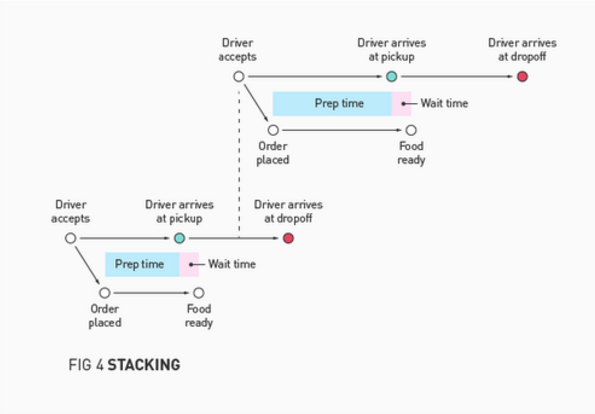
Postmates runs on a basic four-step model that begins by browsing the store and searching for the products you need. Once an order is placed, the mode of payment allows one to choose their most convenient form. The order confirmation takes places only then, after which the order is forwarded to the most eligible Postmate based on the location of the pick-up and drop. This third step of matching is where Postmates sets itself apart. In what is referred to as ‘stacking’ within the Postmates world, an algorithm helps determine the Postmate that will take the least amount of time based on their current location to pick up and drop off the specific order. Although it sounds like something any On-Demand service can do, the Postmates algorithm develops predictions of preparation time on the merchants’ behalf, commute time based on current location of Postmate (who might be on their way to make a pre-existing delivery), and compares more than one Postmate that might be in the vicinity of the pick-up. By computing these timings, Postmates can predict the amount of time a merchant will spend preparing the food, offer the delivery to a driver who is currently working on another delivery, such that when they finish their current drop-off, the food will be ready for them at the next pickup location. This raises efficiency and saves time, setting it apart from other On-Demand delivery services. The final step in the business model involves tracking and receiving orders, and tips. By providing every active Postmate an iPhone, geolocation is enabled and relayed to the user for the time of their order once it is accepted by a Postmate.
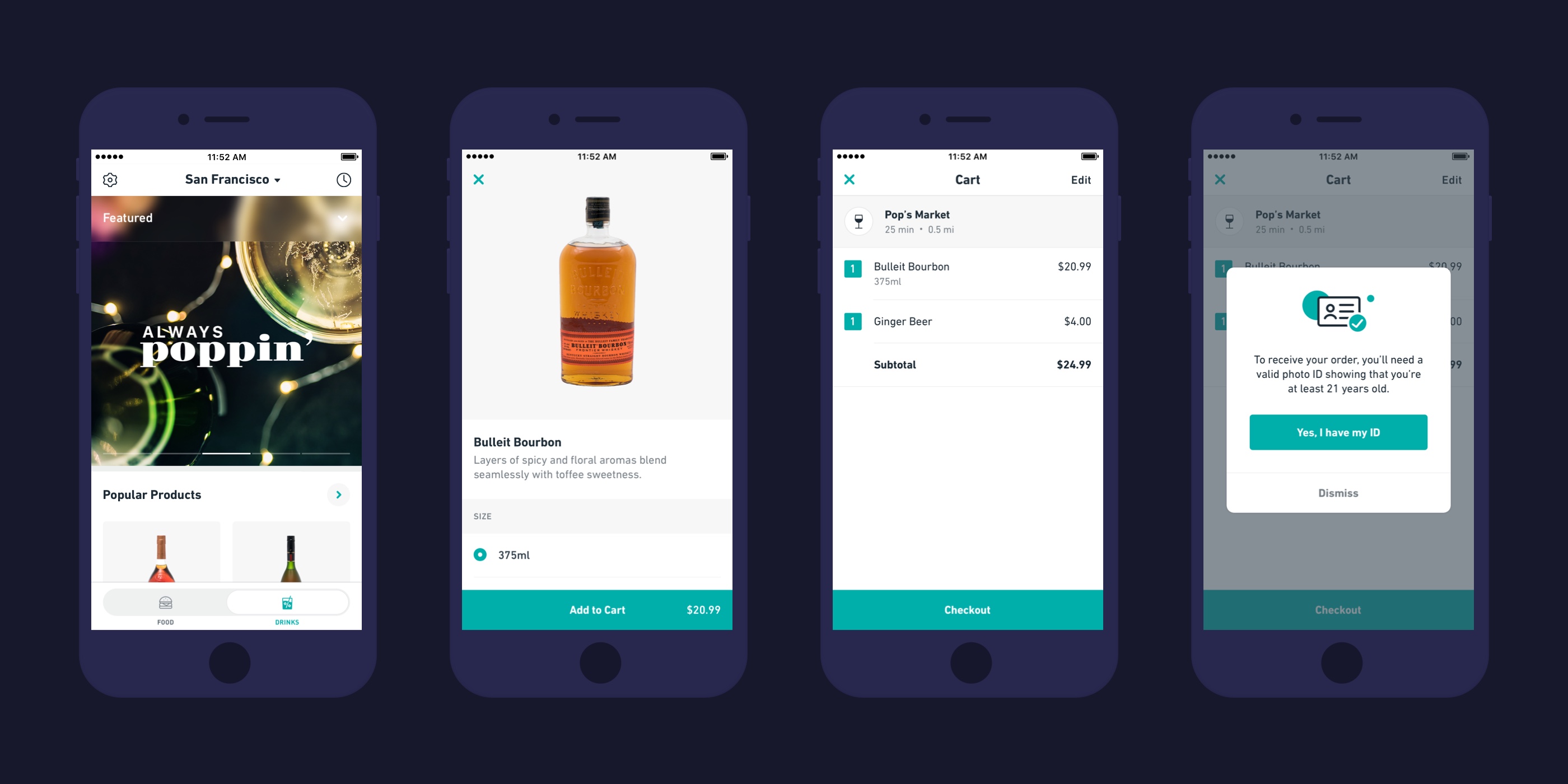
REVENUE STREAMS
Postmates makes its money through various means, adding value to every participant in the process. By collaborating with local restaurants, they benefit by attending a larger customer base, while a commission fee of delivering food allows Postmates to earn a margin on every order. There is a fixed service fee that is also charged per order (9%). Postmates drivers get 80% of the delivery charges per order, based on the delivery distance and time. Thus, the delivery fee, convenience fee and merchant agreements are the sources of income, with the business model designed to benefit every participant in the earning process – the driver, the merchant and finally Postmates the company itself. An ideal Postmate can earn up to $25/hour while maintaining convenient working hours, thus being quite a lucrative proposition for anyone looking to earn some extra cash!
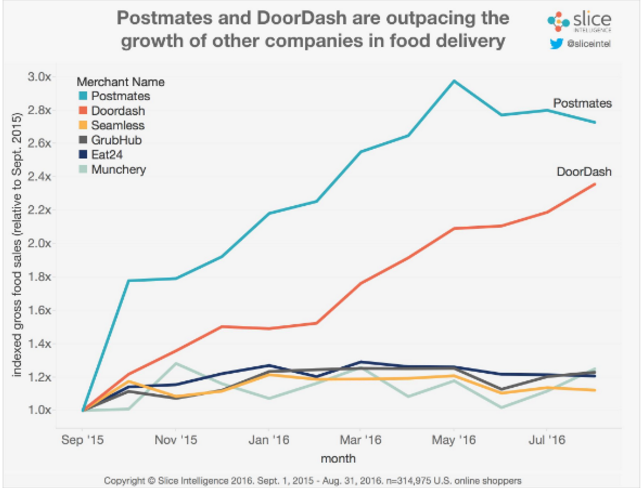
FUNDING AND INVESTMENT TRENDS
Regardless of the fact that 2016 saw a 35% drop in investments in the On-Demand Delivery sector as Q4 recorded the worst numbers since Q1 2014, Postmates managed a total equity funding of
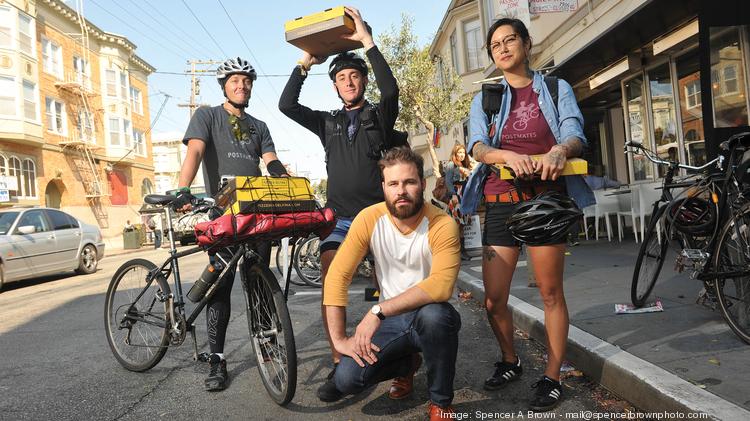
$278 Million, with Founders Fund investing $140 Million to crack the third largest deal of Q4 2016
for the San Francisco based company. Thus, recent developments of a lack of funding in the On-Demand Delivery sector due to a realisation of the cumbersome technical and operational obstacle have not affected the relative volume of growth Postmates has seen. Investments were made by Tiger Global Management, Slow Ventures, Spark Capital, Matrix Partners, Scott Banister and Naval Ravikant along with other individual investors. Although this final round of funding has attracted deserved attention to the company, it is still valued at the $400 Million mark as it did prior to the most recent rounds of funding. However, this would be a concern as the company grows with 6,000 merchants and 40,000 couriers that complete 1.5 Million deliveries per month. They are predicted to cross the $1 Billion mark in Gross Merchandise Volume on an annualised run rate. After recently announcing their expansion into New Orleans, Orlando, Fort Lauderdale and Tampa, they cater to a total of 44 markets. Thus, all the lights seem to flash green for founders Bastian Lehmann, Sean Plaice and Sam Street, as they look set to increase their collaborations and instantly gratify our desires for everything from the latest iPhone or MacBook to a Band-aid late in the night. By shifting their focus from food to On-Demand Logistics, their scope has furthered to potentially impact models of logistics in many domains of operation.
OTHER PLAYERS IN THE ON-DEMAND DELIVERY INDUSTRY
Having dwelled into the depths of the efficiency and technical expertise of Postmates, it is pertinent to review the competitors that are countless in the On-Demand Delivery industry now. DoorDash, Seamless, GrubHub, Eat24, and Muchery are a few notable names in a chasing pack that consists of new startups coming up faster than ever before. Postmates boasts the highest growth rate since September 2015, hitting a mammoth 173% at its peak. DoorDash sits behind with 136%, followed by the rest of the pack finding themselves under the 20% mark. Postmates and DoorDash overtook GrubHub in market share with a collective share of 23%, making GrubHub lose its share from 79% in January 2015 to 21% in August 2016. New York based Seamless enjoys the most loyal customer base, whereas Postmates is considered to be the most efficient and fluent in service by their customers.
What these trends show apropos competitors is that Postmates certainly projects an edge over the rest of the competition. By providing a wider array of products, the idea of ordering everything one may need through a single app is really catching on! Not only does it increase the level of convenience for any user, it also allows the user to stack up their requirements and exhaust the reach of an On-Demand Logistics company that would aim at extending that horizon as far as possible. As we observe established apps like Uber changing their positioning to more generalised services, Postmates positions itself ideally for the millennials, their major target audience, by being a company that powers local, on-demand logistics focused on fast deliveries from type of merchant at scale. Therefore, regardless of the fact that they operate in a two-sided marketplace where demand and supply can easily fluctuate, the provision of a wide range of products and services will allow Postmates to mitigate such an issue if it ever seems to occur. As of now, the app seems to be catching on to every market it enters, and keeps on improving its scheduling algorithms to better its efficiency gains. One can expect that such regular improvements will see Postmates coalesce multiple orders from the same merchant into one pickup that can be mapped along a single delivery route, while allowing users to choose preferred delivery timings, create subscribed customers that may extend their use of the app to provide everything they require all year round, based on their own schedules. Thus, in summary, Postmates’ masterclass in combining Technology and Logistics in the local On-Demand Delivery industry has seen them rise to stardom, and most indicators seem to be pointing towards a continuation of the market domination they are enjoying since the past year. All it takes is one trial to fall in dependent love with Postmates, and what’s more, your first delivery is free!
